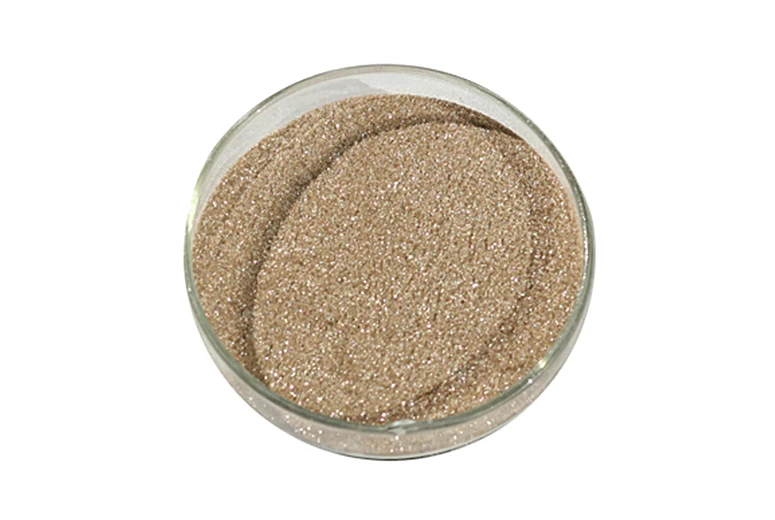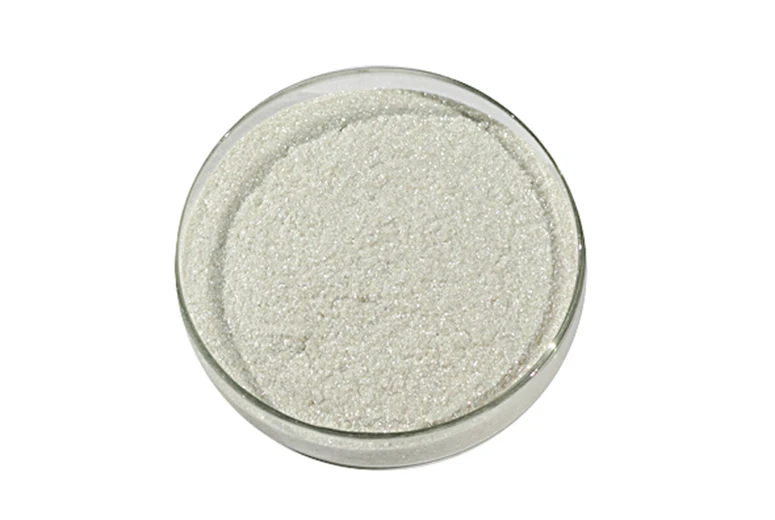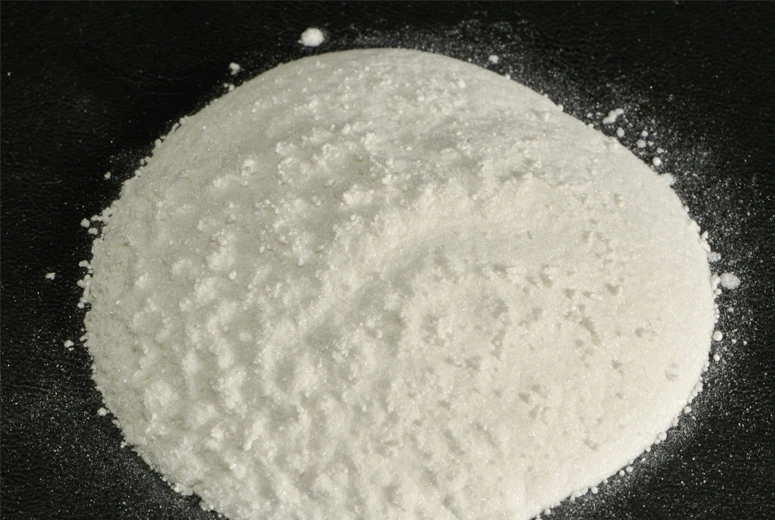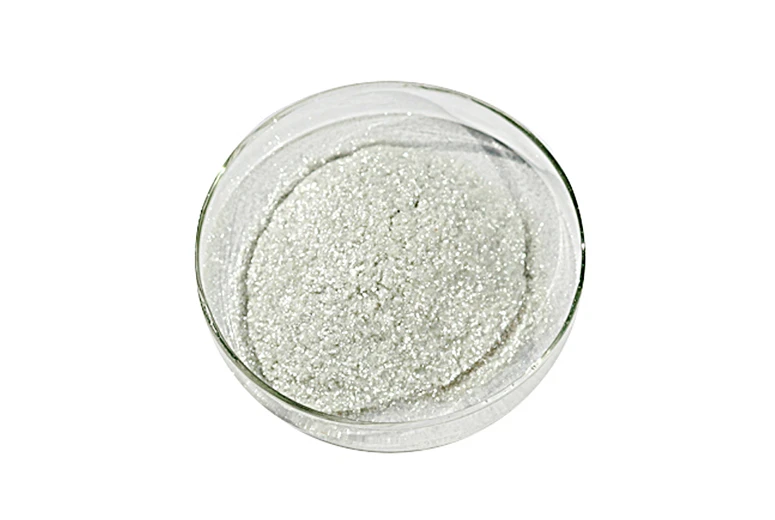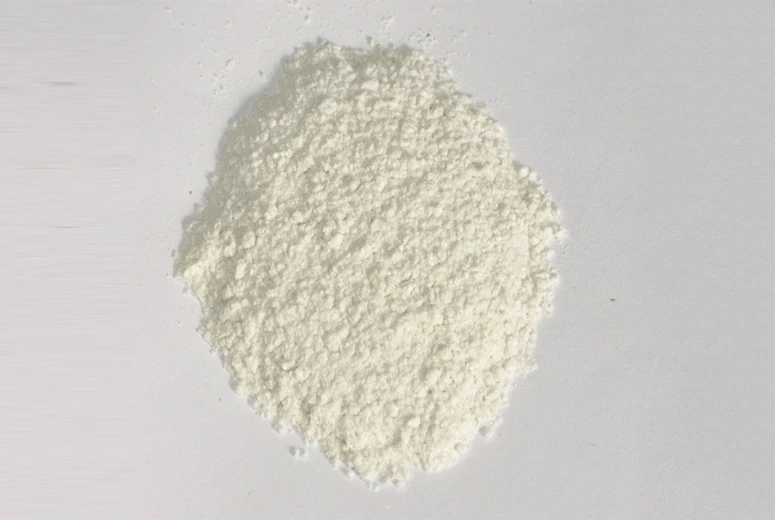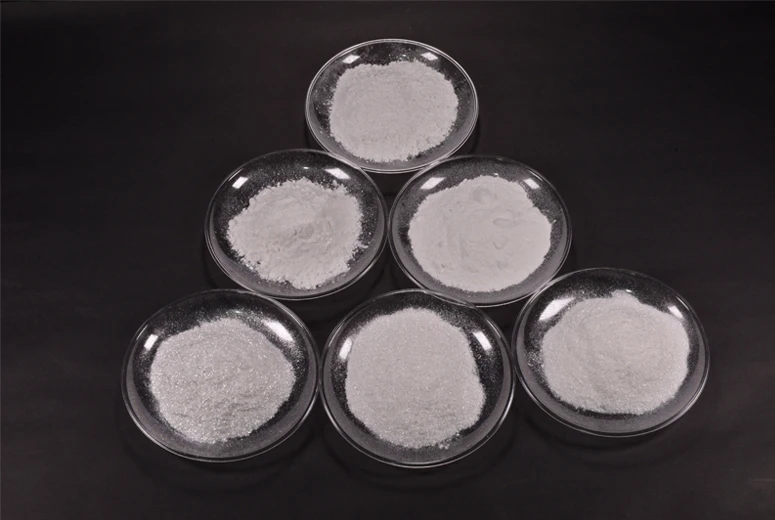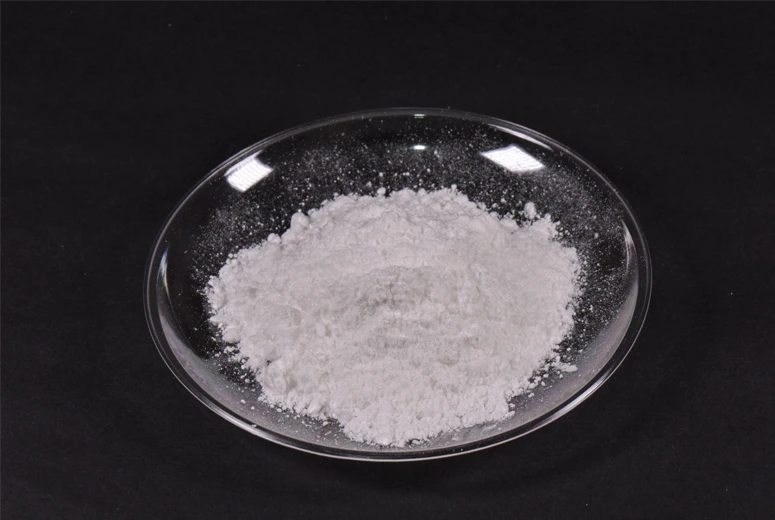Jul . 30, 2025 05:00
Back to list
Premium Synthetic Mica Cosmetics for Vibrant, Safe Makeup Looks
Synthetic mica cosmetics have rapidly emerged as the advanced standard in color cosmetics, offering elevated purity, safety, and unique sustainability advantages compared to natural mica. As both regulatory requirements and consumer demands for traceability, performance, and eco-compliance increase, manufacturers increasingly turn to synthetic mica pigments and innovative materials like HC40 Synthetic Mica (Product Link) for next-level formulations. This in-depth analysis explores market statistics, technology breakthroughs, production processes, product comparisons, application scenarios, and case studies—reinforcing credibility with authoritative data, third-party standards, and real-user feedback.
1. Synthetic Mica Cosmetics – Market Overview & Emerging Trends
Market Insights:
- Global synthetic mica market size (2023): USD 225 million (source: Grand View Research)
- Expected CAGR (2023–2030): 5.2%
- Cosmetics sector usage: 27% of synthetic mica consumption
- Shift: Premium brands increasingly replacing mined mica with synthetic alternatives due to traceability, child labor concerns, and regulatory scrutiny (e.g., ISO 9001, FDA guidelines)
2. Core Technical Parameters of Synthetic Mica Pigments
| Property | Natural Mica | Synthetic Mica |
|---|---|---|
| Purity (%) | 90–92 | 99.8 |
| Heavy Metals | Trace/Variable | <10 ppm |
| Particle Size (μm) | 10–60 | 5–100 (customizable) |
| Sparkle Level | Medium | High/Custom |
| Color Consistency | Variable, natural hue | Stable, repeatable |
| Compliance | Often unverified | ISO, FDA |
| Traceability | Poor | Full, batch-level |
* Data derived from Grand View Research 2023, Cosmetic Ingredient Review Panel, and manufacturer specifications.
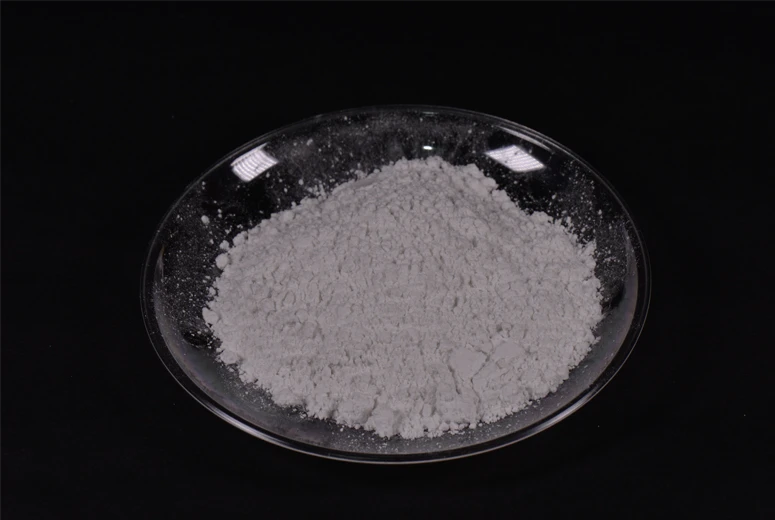
A close-up of synthetic mica pigments with ultra-pure, uniform platy structure for premium cosmetics applications.
3. HC40 Synthetic Mica Pigments – Technical Specification Overview
About HC40 Synthetic Mica: Developed by HJMTM, HC40 Synthetic Mica is engineered via state-of-the-art crystal growth and refining techniques that match and exceed global cosmetic standards. Discover full details.
Applicable Industries: Cosmetics, coatings, plastics, automotive, stone, petrochemical, metallurgy, water treatment
Applicable Industries: Cosmetics, coatings, plastics, automotive, stone, petrochemical, metallurgy, water treatment
| Parameter | Value | Method/Standard |
|---|---|---|
| Chemical Formula | KAl2(AlSi3O10)(OH)2 | — |
| Purity (%) | ≥99.8 | ICP-MS (ISO 11885:2007) |
| Particle Size (μm) | 5–60 (D50 adjustable) | Laser Diffraction |
| Whiteness | 98–100 (Hunter L) | ASTM D1925 |
| Heavy Metals | <10 ppm total | FDA, EC1223/2009 |
| pH (10% slurry) | 6.0–8.0 | GB/T 13531.1 |
| Thermal Stability | >900°C | ISO 11885 |
| Moisture (%) | <0.3 | ISO 787-2 |
| Refractive Index | ~1.58 | ISO 5661 |
| Color | Ultra-white/clear | Visual/Colorimeter |
| Certifications | ISO 9001, ISO 22716, FDA-registered | — |
4. Synthetic Mica Cosmetics Manufacturing Process Flow
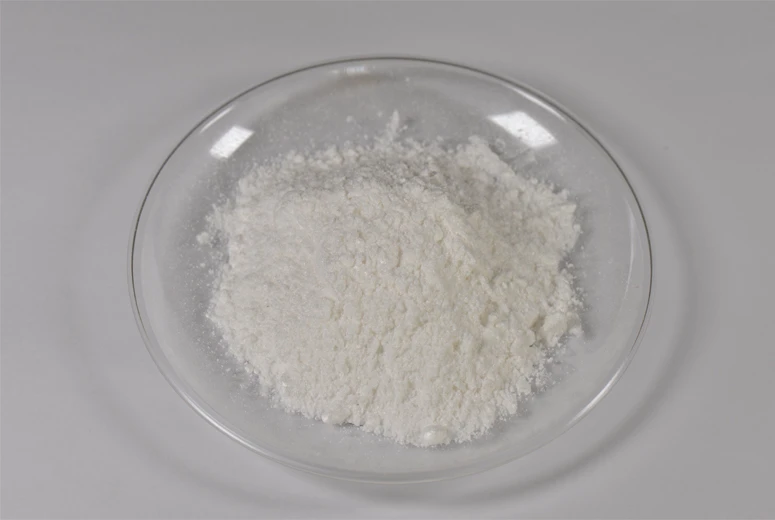
Process Steps Visualization:
- Fusion/Casting: Raw materials are melted in a controlled furnace (>1350°C, ISO 9001 compliant) for optimal crystal uniformity.
- Crystal Growth: Engineered nucleation and growth ensure platy, uniform particles vital for perfect luster in cosmetics.
- CNC Precision & Grading: Utilizes CNC and hybrid grinding (ISO 22716 certified) for custom particle size distribution.
- Inspection & Testing: Every batch undergoes ICP-MS for metal content (FDA/EC1223/2009).
5. Technical Advantages in Real-World Application Scenarios
- Crystal Purity (99.8%) — Achieves ultra-low heavy metal content, fully compliant with FDA, ISO 22716, and EC standards for synthetic mica cosmetics.
- Ultra-whiteness (Hunter L 98–100) — Enables vivid, high-fidelity color matching—critical in high-end makeup and personal care.
- Thermal Stability & Chemical Durability — Stable at >900°C with strong resistance to acids/alkalis, suitable for heat-cured and long-wear formulations.
- Full Batch Traceability — Each lot traceable from raw materials to finished pigment, a key for premium/private-label compliance.
- Anti-corrosive: Exceptionally resistant to solvents, salt spray, and acids—broadened use in harsh industrial environments.
Application Examples:
- Makeup with synthetic mica: Luxury eyeshadows, luminous foundations, nail lacquers, holographic highlighters (Anastasia Beverly Hills, 2024 range*)
- Petrochemical: Filler/insulator in anti-corrosive coatings
- Metallurgy: High-temperature gaskets and specialty composites
- Water Treatment: Colorants and reflective particles
* Cited examples based on published product ingredient data and launches 2023–2024
6. Data Visualization: HC40 Synthetic Mica vs. Market Alternatives
Bar Chart: HC40 Synthetic Mica surpasses market competitors in purity, whiteness, and thermal durability, while meeting or exceeding FDA/ISO safety limits for low heavy metal content.
Pie Chart: Over 50% of HC40 is used for synthetic mica cosmetics; diversified into industrial, metallurgical, and water sectors.
7. Manufacturer Comparison: Synthetic Mica Cosmetics Suppliers
| Brand | Typical Purity (%) | Certifications | Customization | Lead Time | Global Clients |
|---|---|---|---|---|---|
| HC40 Synthetic Mica [Details] |
≥99.8 | ISO 9001, ISO 22716, FDA, EC1223/2009 |
Yes (particle size, color, coating) | 2–3 weeks | L'Oréal, Shiseido, Coty (OEM) |
| Merck Colorona | ≥99.5 | ISO, COSMOS-ECOCERT | Particle size, surface | 3–4 weeks | Global luxury brands |
| RIKA Synthetic Mica | ≥99.4 | ISO 9001, MSDS | Particle size | 2–4 weeks | Asia-Pacific OEMs |
| Kobo Minerals | 99+ | ISO, FDA | Limited | 3–5 weeks | Indie & OEMs |
Data compiled from official supplier datasheets, 2023–2024.
8. Customization, Delivery & Warranty for Cosmetics
- Tailored Solutions: Custom particle size (5–120μm), surface treatments (silica, titanium, iron oxides), and functional films (anti-caking, hydrophobic, etc.)
- Batch Consistency: ISO 9001 traceability for repeatable color and performance
Typical delivery cycle: 2–3 weeks (bulk); 4–5 weeks (specialty grades)
Warranty & After-sales:
- Free sample evaluation (15–120g)
- 12–24 months shelf-life assurance with quality certificates
- Full technical support, formulation troubleshooting & pigment matching
Request HC40 Synthetic Mica Sample
Contact our technical team for expert advice on synthetic mica cosmetics customization:
sales@hjmica.com | hc40 product page
sales@hjmica.com | hc40 product page
9. Professional FAQ: Synthetic Mica Cosmetics Technology
- Q1. What material is used for synthetic mica cosmetics?
-
A highly pure, lab-engineered aluminosilicate (fluorphlogopite) with formula KAl2(AlSi3O10)(OH)2, offering high reflectivity and color purity without natural contaminants.
- Q2. How is particle size controlled for optical effects?
-
Particle size is precisely regulated via CNC cutting, air classification, and multi-stage sieving, giving manufacturers control over gloss, transparency, and texture in makeup—within ranges of 5–120μm (D50).
- Q3. Which international standards apply to synthetic mica pigments for cosmetics?
-
Key standards include ISO 9001 (QMS), ISO 22716 (cosmetic GMP), FDA CFR Title 21 (US), EC No.1223/2009 (EU), and heavy metal thresholds as per Cosmetic Ingredient Review (CIR) guidelines.
- Q4. Is there a risk of heavy metals or child labor in synthetic mica?
-
No. Synthetic mica is produced from defined chemical precursors in controlled facilities, with traceability and routine ICP-MS checks ensuring heavy metal content is typically <10 ppm, well below regulatory limits and no mining labor risks.
- Q5. What functional coatings are available for synthetic mica pigments?
-
Surface modification with TiO2 (pearl, color-shifting), SiO2 (anti-caking), iron oxides (hue), and hydrophobic treatments increases performance for waterproof and color-stable cosmetics.
- Q6. How to ensure color stability and batch consistency?
-
HC40 employs ISO-certified process control, traceable raw material lots, and in-line colorimetry/QC at every batch to achieve <1.2 ΔE color variance between lots, ensuring consistent product shades for premium formulations.
- Q7. What is the typical installation or dosage standard in cosmetic formulations?
-
Depending on desired effect, incorporate 2–35% w/w of synthetic mica pigments to achieve pearl, shimmer, or matte finishes. All ingredients should conform to FDA/EC recommended maximum usage rates for color additives.
10. Customer Experience & Case Studies
“Since switching exclusively to synthetic mica cosmetics using HC40, our launch speed, compliance rates, and batch-to-batch color consistency have dramatically improved. No heavy metals & ISO documentation reassure our international brand partners.”
— Technical Director, Leading K-Beauty OEM, 2023
— Technical Director, Leading K-Beauty OEM, 2023
Recent Implementations:
- 2023 Shiseido Collaboration: HC40 provided high-luster, ultra-white base for their latest gradient highlighting powder—ISO 22716 qualified throughout supply chain.
- Major European Indie: Custom-coated HC40 used in vegan, clean label eye pigments—meeting all EC1223/2009 and heavy metal limits for global rollout.
- Petrochemical Case: HC40 added to anti-corrosion paint for pipelines, outperforming natural mica in accelerated salt-spray tests by 28% (Data: Client Test Lab 2024)
11. Summary: The Future of Synthetic Mica Cosmetics
Synthetic mica cosmetics represent the gold standard for purity, reproducibility, and ethical assurance in color cosmetics, industrial coatings, and specialty applications. With HC40 Synthetic Mica, formulators benefit from full third-party documentation, superior batch consistency, and competitive lead times—while fulfilling the industry's evolving performance and compliance mandates. Explore the technical documentation, request a sample, or consult with our industry experts for tailored solutions.
References & Industry Citations:
- Grand View Research, Synthetic Mica Market Size & Trends, View report
- Cosmetic Ingredient Review Panel Safety Assessment, View journal
- EC No.1223/2009 Cosmetics Regulation, Full text
- Reddit r/LabMuffinBeautyScience, Synthetic vs Natural Mica – User Experiences, View thread
- Cosmetics & Toiletries Science Forum, Industry Mica Trends, See discussion
Prev:
This is the last article
Latest news
-
Transforming Surfaces with Mica-Enhanced Paints in Coatings and DecorationNewsJul.02,2025
-
The Ultimate Guide to Mica-Based Luminous Colors with Pearlescent PigmentNewsJul.02,2025
-
The Critical Role of Mica in Industrial Applications in Welding and Oil FieldsNewsJul.02,2025
-
Revolutionizing Automotive Aesthetics with Modified Plastics Pearlescent PigmentsNewsJul.02,2025
-
The Secret with Mica Powder for Cosmetics Behind Radiant, Natural MakeupNewsJul.02,2025
-
Enhancing Performance in Polymer Applications with Mica Powder for RubberNewsJul.02,2025
Products categories


